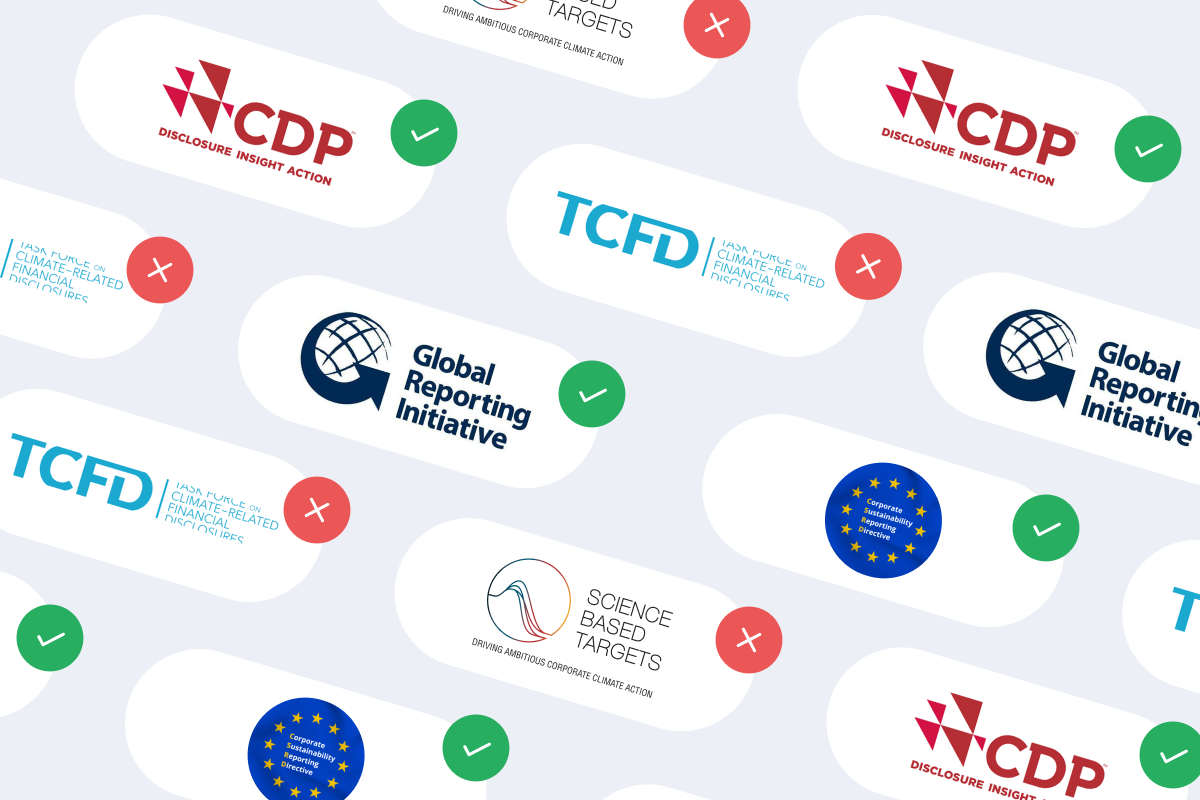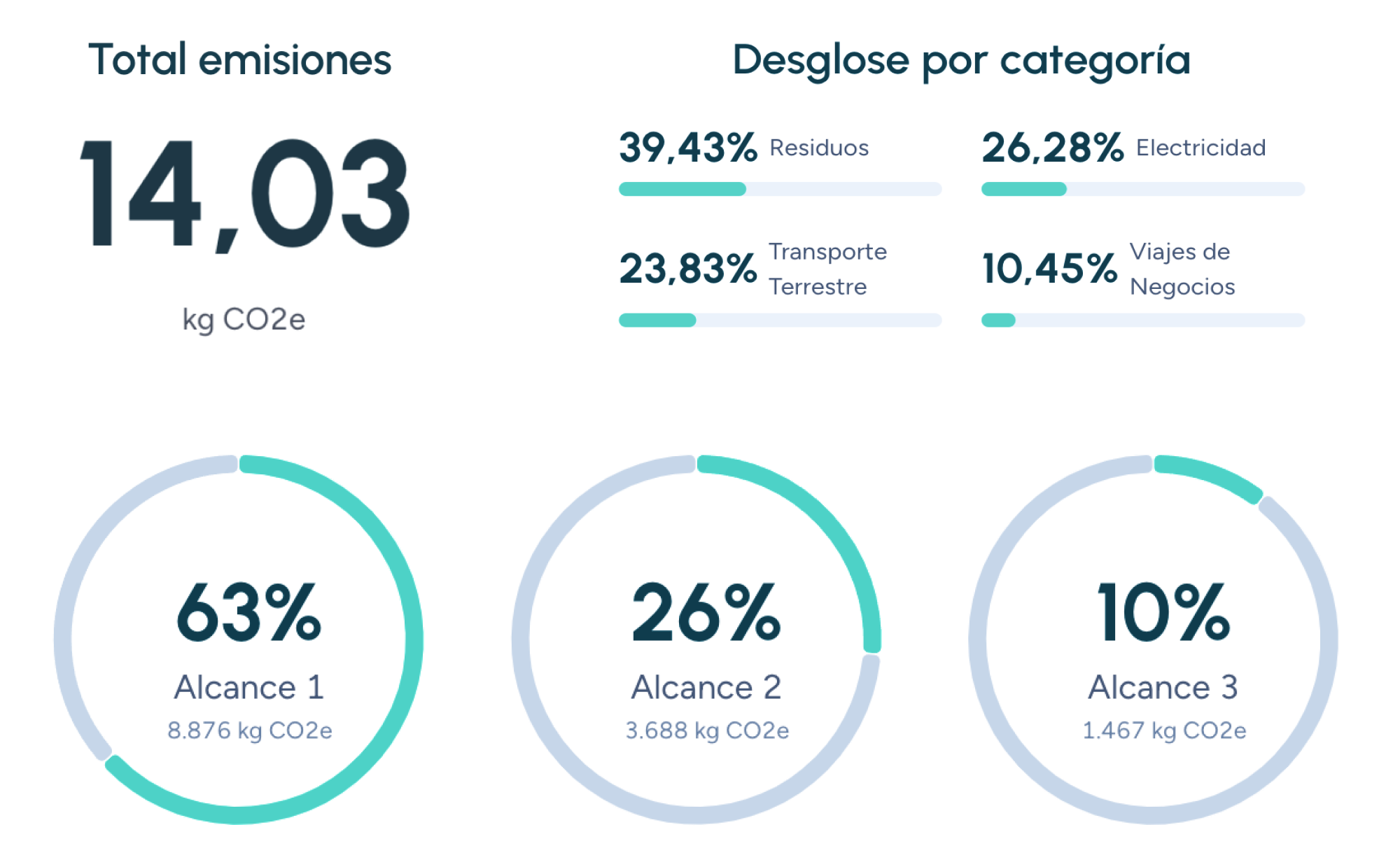Back to the blog
Corporate sustainability
The three pillars of sustainability explained
Paula Otero
Environmental and Sustainability Consultant
Sustainability has evolved from a fringe concept into a core strategic priority for corporations around the globe. Businesses today recognize that future profitability—and even survival—may hinge on their ability to create long-term value while minimizing harm to the planet and society.
In this context, the classic framework of three pillars of sustainability—environmental, social, and economic—serves as a foundational guide. This article examines each pillar in detail and explains how companies can integrate them into their operations for lasting success.
Understanding the three pillars
The three pillars of sustainability, often referred to as People, Planet, and Profit, provide a holistic view of what it takes to be truly sustainable:
- Environmental Pillar (planet): focuses on preserving natural resources, reducing emissions, managing waste, and protecting biodiversity.
- Social pillar (people): prioritizes employee well-being, community engagement, diversity and inclusion, and ethical labor practices.
- Economic pillar (profit): emphasizes financial viability, innovation, long-term growth, and resilience against market fluctuations.
Although these pillars are discussed separately, they are inherently interconnected. A company truly commits to sustainability when it balances all three.
Environmental pillar: Beyond compliance
Businesses have a profound impact on the environment, from greenhouse gas emissions to water usage. Many companies start by adhering to regulations such as emission limits or waste disposal standards. However, the real challenge—and opportunity—lies in going beyond mere compliance.
Key strategies include:
- Life Cycle Assessments (LCAs): evaluate the environmental footprint of products from raw material extraction to disposal.
- Carbon reduction: invest in renewable energy, energy-efficient equipment, and carbon offset projects.
- Biodiversity protection: collaborate with conservation organizations or set aside land for wildlife habitats.
- Zero waste initiatives: adopt circular economy principles, turning waste into resources wherever possible.
By proactively caring for the environment, companies reduce risks, discover new revenue streams (e.g., from selling recycled materials), and boost their reputation with eco-conscious stakeholders.
Social pillar: Prioritizing people
The social pillar revolves around how a company treats its workforce, customers, and communities. It encompasses aspects like fair labor practices, human rights, and community development programs.
Some core areas of focus include:
- Employee well-being: offer competitive wages, health benefits, and opportunities for career growth. A motivated workforce drives productivity and innovation.
- Community engagement: support local charities, contribute to educational initiatives, or sponsor community events.
- Diversity and inclusion: foster a work environment where people of all backgrounds feel valued. This not only reflects ethical principles but also enhances problem-solving and creativity.
- Safe and ethical supply chains: ensure suppliers adhere to the same ethical and labor standards, helping to prevent issues like child labor or workplace hazards.
A strong social pillar boosts brand loyalty, attracts top talent, and mitigates reputational risks stemming from labor or ethical violations.
Economic pillar: Profit with purpose
The economic pillar is about more than just making money—it's about ensuring long-term viability while fulfilling social and environmental obligations. Profitability should enable reinvestment into sustainable initiatives that benefit both the business and society.
Key approaches include:
- Sustainable innovation: develop new products or services that address societal needs, such as renewable energy solutions or zero-waste packaging.
- Long-term financial planning: adopt strategies that build resilience against market disruptions, regulatory changes, and resource scarcity.
- Value chain efficiency: streamline logistics, manufacturing, and procurement to minimize waste and reduce costs.
- Impact investing: allocate capital to projects or funds that generate measurable social and environmental benefits alongside financial returns.
By balancing profit motives with ethical considerations, companies build resilience, strengthen customer loyalty, and maintain a competitive edge in a rapidly changing marketplace.
Balancing all three pillars
Achieving sustainability in all three pillars is a continuous, dynamic process. One effective method is to establish a sustainability steering committee composed of cross-functional leaders who set goals, track progress, and coordinate efforts across departments. Regular reporting—whether through Global Reporting Initiative (GRI) standards or integrated annual reports—ensures transparency and accountability.
Real-world examples
- Unilever has committed to sourcing 100% of its agricultural raw materials sustainably, blending environmental care with equitable labor practices.
- Patagonia integrates environmental activism into its brand identity, championing social causes while maintaining profitability.
- Microsoft invests heavily in renewable energy and social impact programs, aiming for carbon neutrality while driving software innovations.
Challenges and considerations
- Trade-offs: sometimes a social initiative might temporarily reduce profits, or an environmental measure might raise operational costs.
- Stakeholder pressures: companies often juggle conflicting demands from shareholders, regulators, and communities.
- Measurement complexity: quantifying social and environmental impact can be challenging, making standardization and data collection critical.
Paula Otero
Environmental and Sustainability Consultant
About the author
Biologist from the University of Santiago de Compostela with a Master’s degree in Natural Environment Management and Conservation from the University of Cádiz. After collaborating in university studies and working as an environmental consultant, I now apply my expertise at Manglai. I specialize in leading sustainability projects focused on the Sustainable Development Goals for companies. I advise clients on carbon footprint measurement and reduction, contribute to the development of our platform, and conduct internal training. My experience combines scientific rigor with practical applicability in the business sector.
Content
Companies that trust us

Implementing the GLEC Framework in Logistics: Emissions Calculation and Fleet Optimization
Discover how to apply the GLEC Framework to measure logistics emissions, comply with ISO 14083, and optimize fleets.
10 November, 2025
How to Communicate your Decarbonization Strategy and Avoid Greenwashing
Learn how to communicate your decarbonization strategy with transparency and verified data. Avoid greenwashing and build customer trust.
15 October, 2025
Transition Risk: What it means for Corporate Strategy
Learn how businesses can navigate transition risks related to climate policies and economic shifts.
14 May, 2025
Guiding businesses towards net-zero emissions through AI-driven solutions.
© 2025 Manglai. All rights reserved
Política de Privacidad


